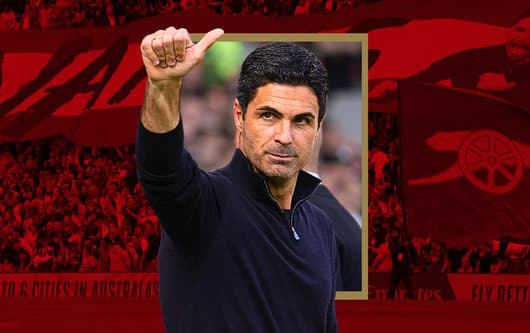-
Nieuws
- 3 hours ago
From Jabulani to Trionda: Every World Cup match ball in history
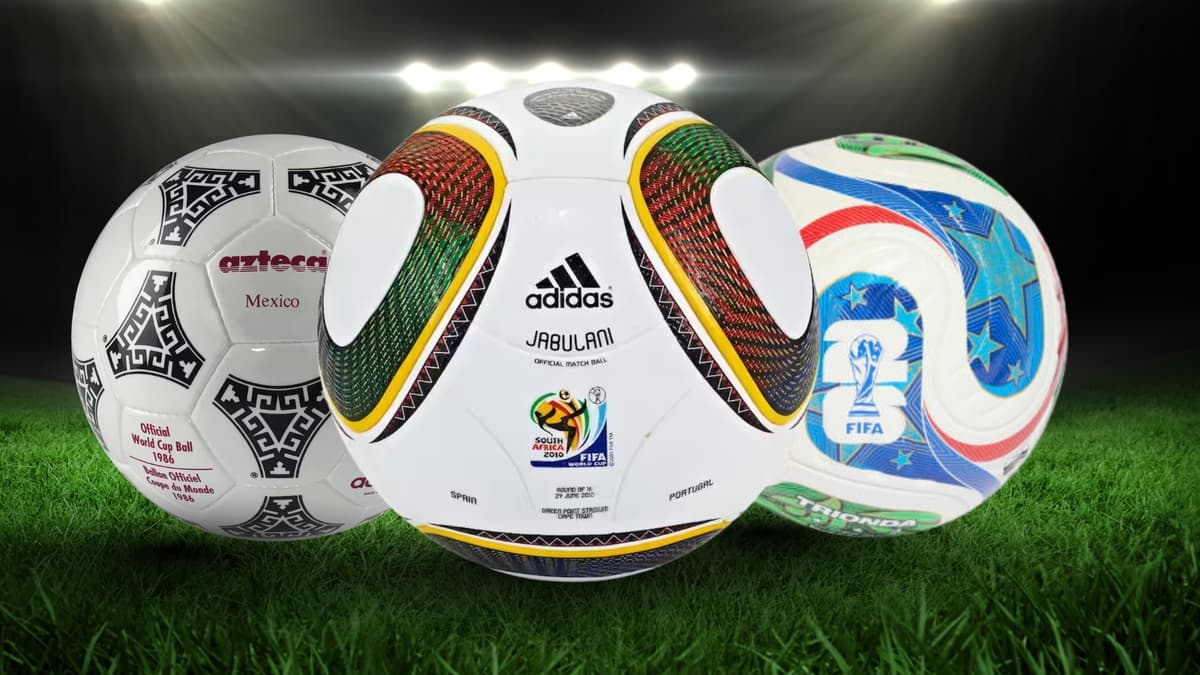
The 2026 FIFA World Cup is still several months away, however Adidas have added to the excitement by unveiling the official match ball for the tournament.
Adidas have been the producers of the World Cup ball since 1970 and they launched a brand-new design on 2 October as preparations ahead of next year’s tournament begin to ramp up.
Ahead of the official unveiling, Adidas went viral after taking over The Sphere in Las Vegas and displaying every men’s World Cup match ball since 1970.
With Trionda - the match ball for 2026 - now officially announced, we’ve taken a look back at every World Cup football in history.
Uruguay 1930 (T-Model)
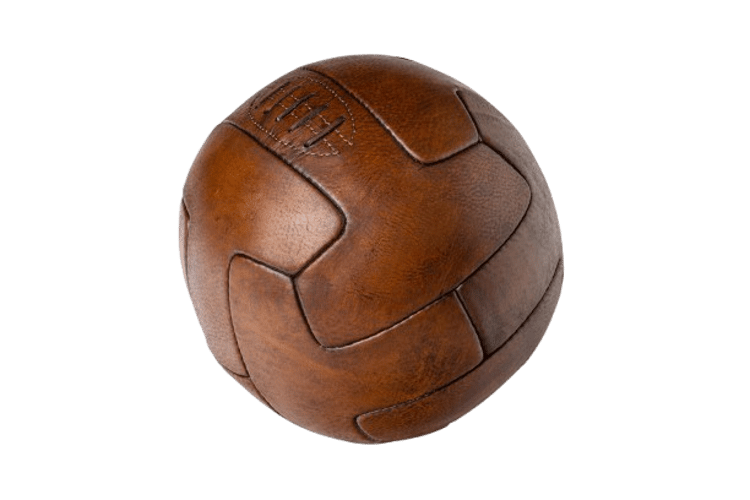
The first ever World Cup ball was named T-Model, although the ball was only used for 45 minutes of the tournament’s inaugural final. Argentina and Uruguay disagreed over which ball to use, and thus far two separate balls were used. T-Model was selected by Uruguay in the second-half and they ran out 4-2 winners.
Italy 1934 (Federale 102)

The Federale 102 was one of three match balls to be used at the 1934 World Cup, but it was the one chosen for the final and is therefore the ball most commonly associated with the tournament.
France 1938 (Allen)
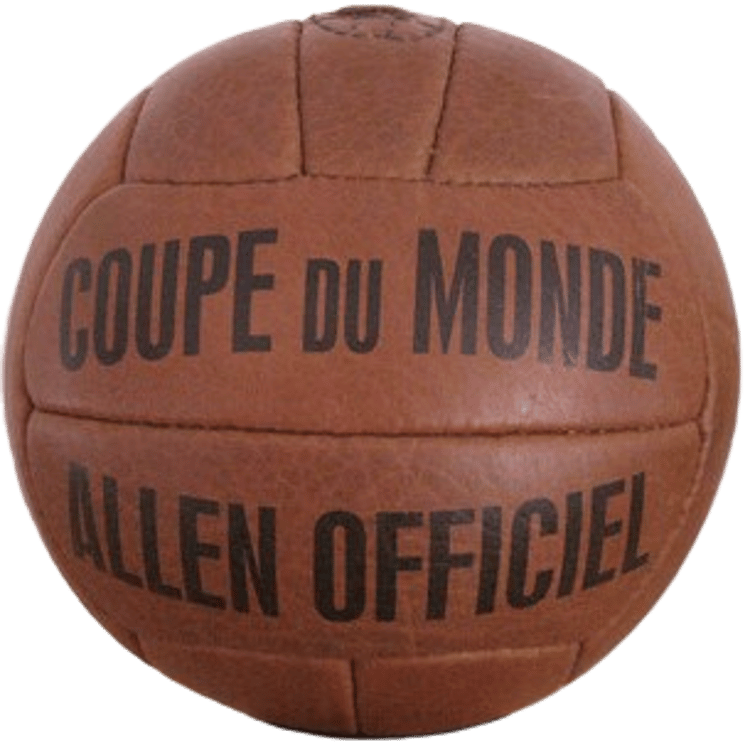
The 1938 match ball was produced by Parisian company Allen and their branding was seen front and centre on the ball in the World Cup final. The ball had previously been used at the 1924 Olympic Games.
Brazil 1950 (Superball Duplo T)

After the 1942 and 1946 editions of the World Cup were cancelled due to World War II, Brazil hosted the 1950 tournament and the Superball Duplo T was the chosen official match ball. It was the first World Cup ball without laces.
Switzerland 1954 (Swiss World Champion)
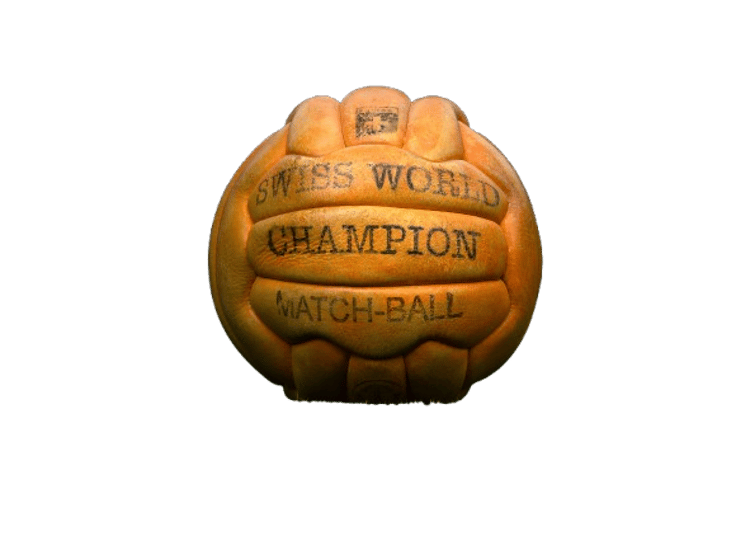
The 1954 World Cup ball was made from greased leather, which gave the ball a yellow tint. This helped players and supporters see the ball on muddy pitches.
Sweden 1958 (Top Star)
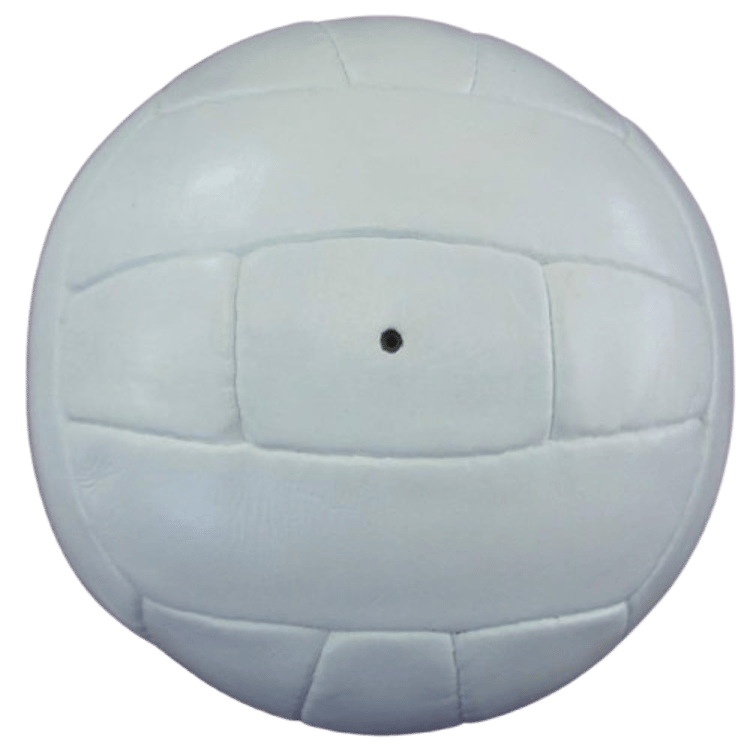
FIFA arranged a competition to decide the 1958 World Cup ball from 102 unbranded options. The winner was No.55 - Top Star - and the white ball was most frequently used during the tournament, including in the final.
Chile 1962 (Mr Crack)

Mr Crack was the first World Cup ball with a latex valve, ensuring it retained its spherical shape for longer. However, several European countries preferred using the 1958 Top Star ball due to water absorption problems.
England 1966 (Challenge 4-Star)

The Challenge 4-Star match ball was manufactured by Slazenger and it was selected by the Football Association as the best option for the 1966 World Cup. The ball was typically used in a white colour during the tournament, however an orange version was chosen for the final.
Mexico 1970 (Telstar)
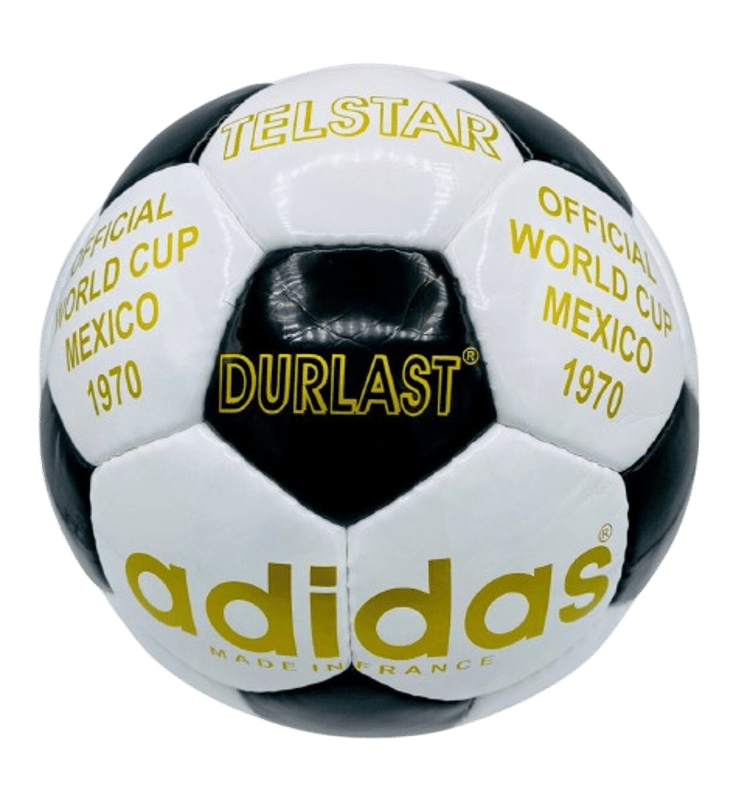
The 1970 World Cup match ball was produced by Adidas for the first time in history and the iconic sports brand have been the manufacturer of every World Cup ball since.
West Germany 1974 (Telstar Durlast)
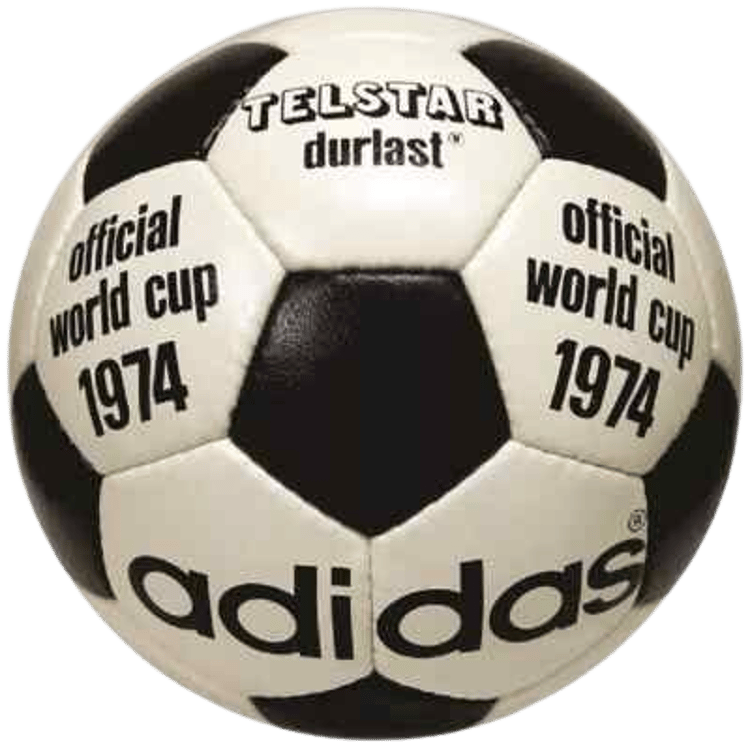
Adidas produced a very similar ball for the 1974 World Cup, won by hosts West Germany, and the name was only slightly altered to give prominence to the Durlast plastic coating that helped the ball become resistant to water.
Argentina 1978 (Tango Durlast)
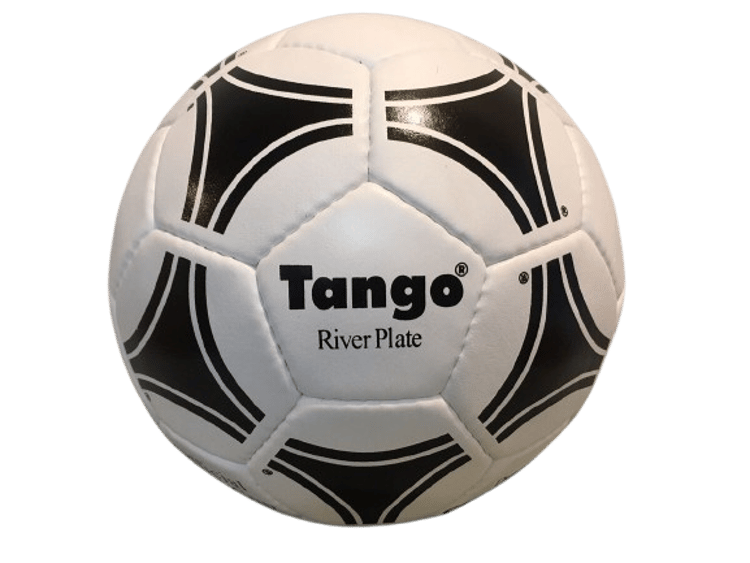
Adidas named the 1978 World Cup ball after the famous Argentine tango dance and the design used was subsequently copied for the next five tournaments.
Spain 1982 (Tango Espana)
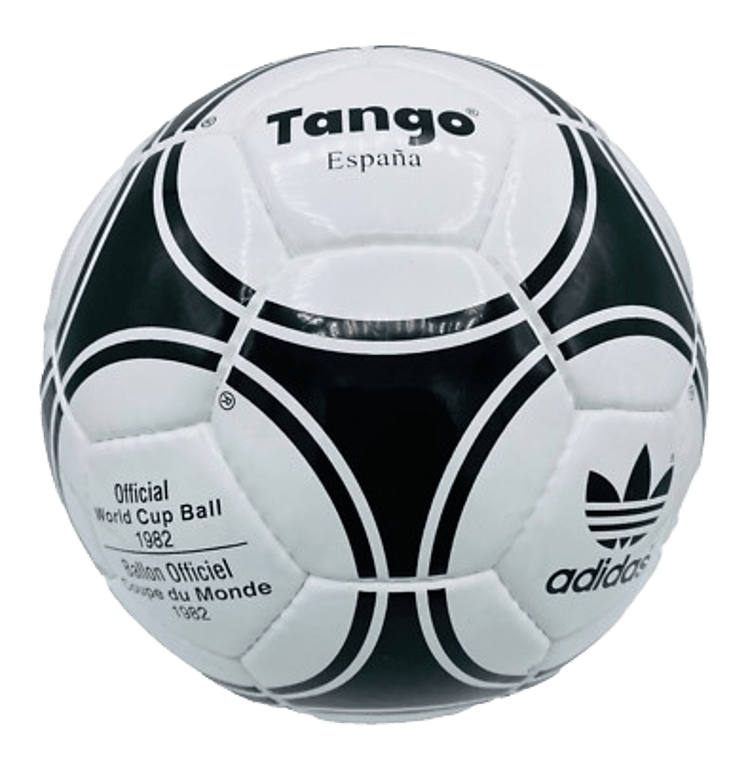
Adidas duplicated their 1978 design for the 1982 match ball, with a few small changes, and the tournament was eventually won by Italy.
Mexico 1986 (Azteca)
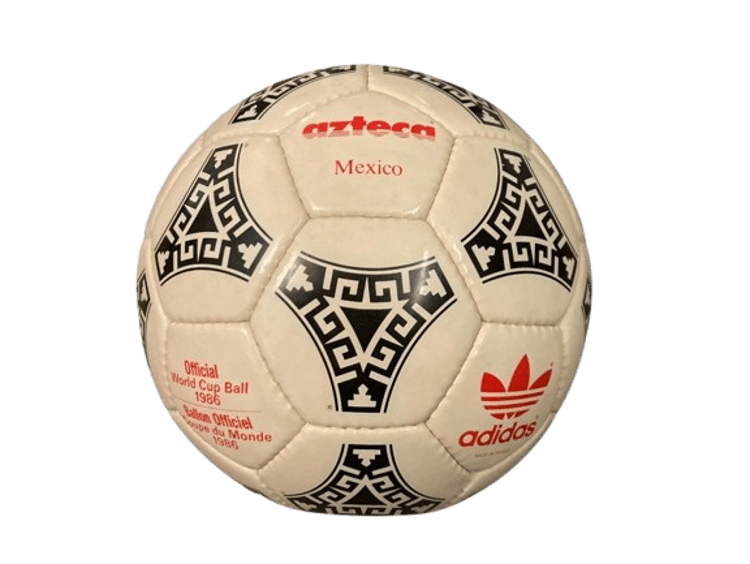
The 1986 match ball was the first World Cup ball made entirely from synthetic material and Adidas altered its design to incorporate a more stylish pattern.
Italy 1990 (Etrusco Unico)

Italia 90 is one of the most famous World Cup tournaments in history and its official match ball once again used Adidas’ signature design, with several changes in reference to local Italian culture. The ball was subsequently used at the 1992 Olympic Games.
USA 1994 (Questra)
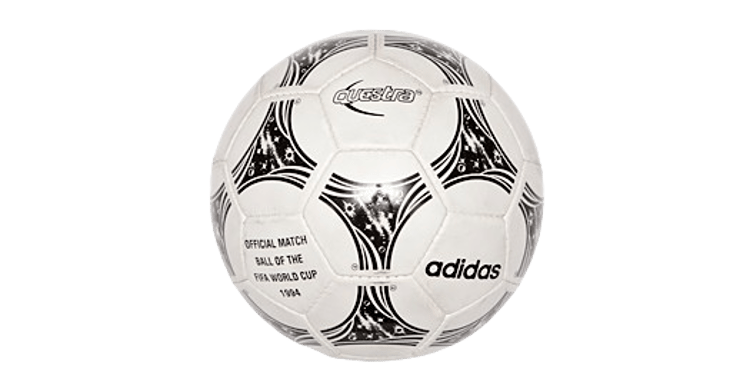
The match ball for the 1994 World Cup was similar to the previous four editions of the tournaments, although Adidas incorporated elements of outer space into the design.
France 1998 (Tricolore)
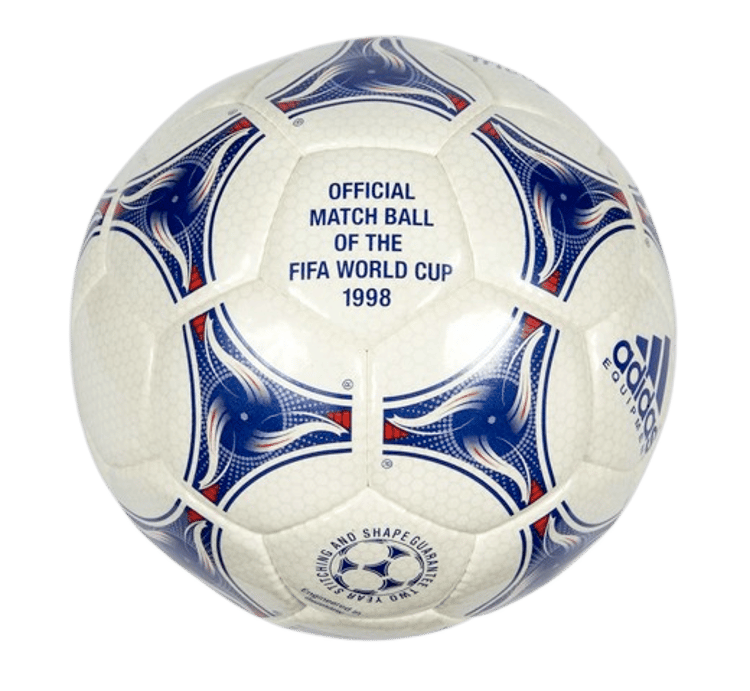
Tricolore was the first multi-colour World Cup match ball to date, with Adidas using blue, white and red colours on the design in reference to the France flag.
South Korea and Japan 2002 (Fevernova)
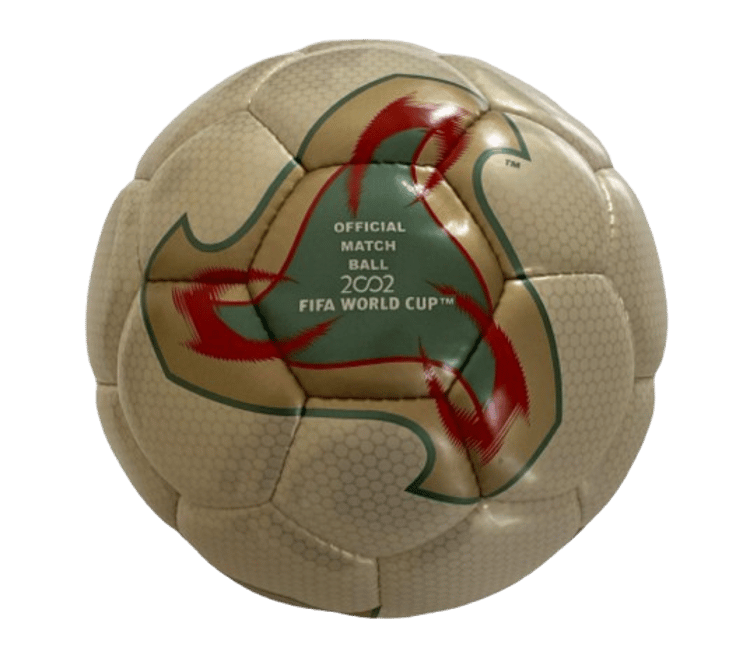
Adidas changed its traditional World Cup design for the 2002 match ball and Fevernova instead featured four colourful patches. The ball also had additional syntactic foam that helped improve control.
Germany 2006 (Teamgeist)

The black and white colours of the Teamgeist ball were to symbolise host country Germany, while Adidas altered its design to move away from hexagonal and pentagonal stitches. A fold version of the match ball was created for the final between Italy and France.
South Africa 2010 (Jabulani)
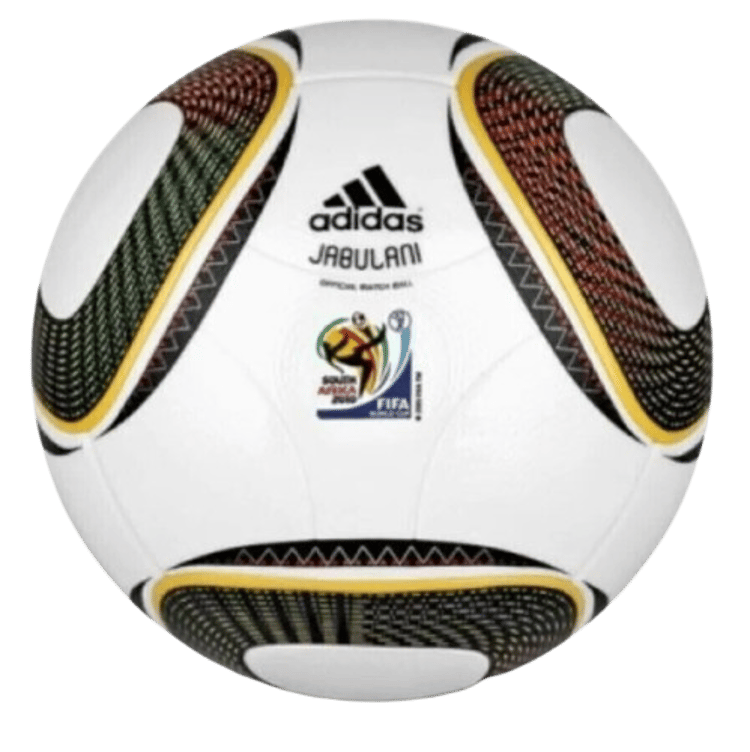
The Jabulani is arguably the most famous match ball in football history after its use at the 2010 World Cup. The ball featured a colourful design and the smooth surface led to immense swerve and unpredictability when striking the ball.
This saw several incredible goals being scored, although there was significant criticism from many players, particularly goalkeepers.
Brazil 2014 (Brazuca)
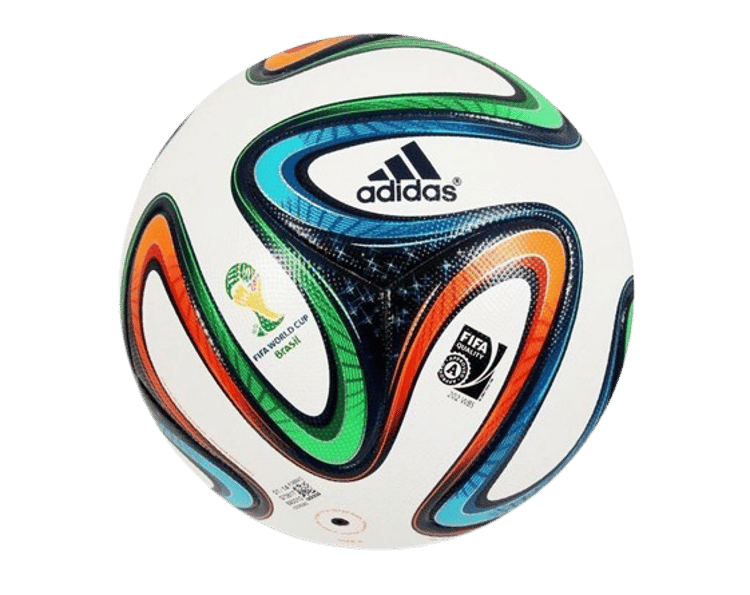
After criticism of the Jabulani ball, Adidas went through a thorough research process for the 2014 match ball and the Brazuca was unveiled as the final choice. A gold edition was once again manufactured for the final between Germany and Argentina.
Russia 2018 (Telstar 18)
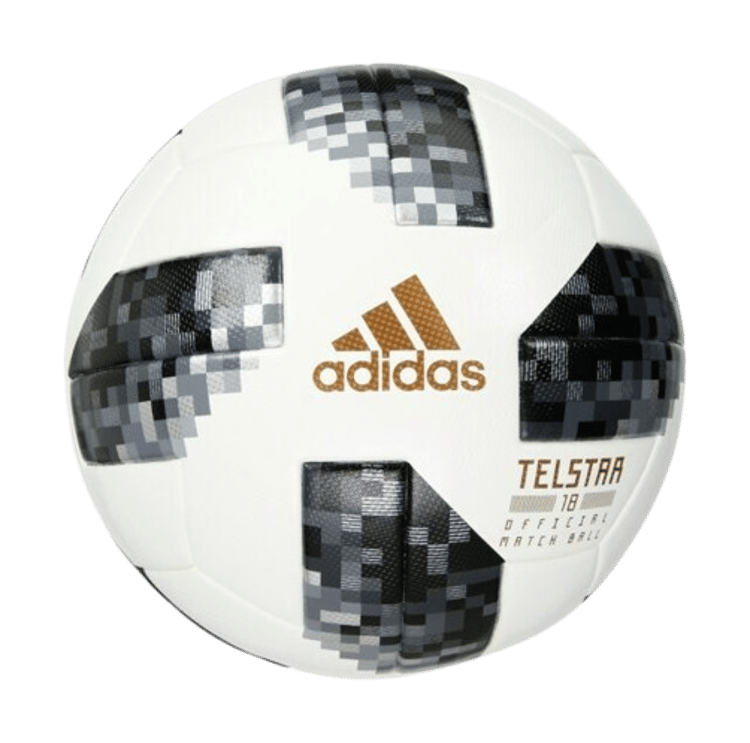
Named after the first World Cup ball produced by Adidas in 1970, the panels on the Telstar 18 were glued together, rather than being stitched. A red version was used for the knockout stages.
Qatar 2022 (Al Rihla)

The colours on the 2022 match ball were inspired by Qatar and it used ‘Connected Ball’ technology to help match officials with decisions during the tournament.
Canada, Mexico and USA 2026 (Trionda)
The 2026 World Cup match ball has been called ‘Trionda’ and it features each host country’s main colour - red, blue and green. The World Cup trophy is also present on the design.
The FootballTransfers app
Check out FootballTransfers' new app for all of football's big storylines, transfer rumours and exclusive news in one convenient place directly on your mobile device.
The FootballTransfers app is available on in the Apple App Store. Download here:

